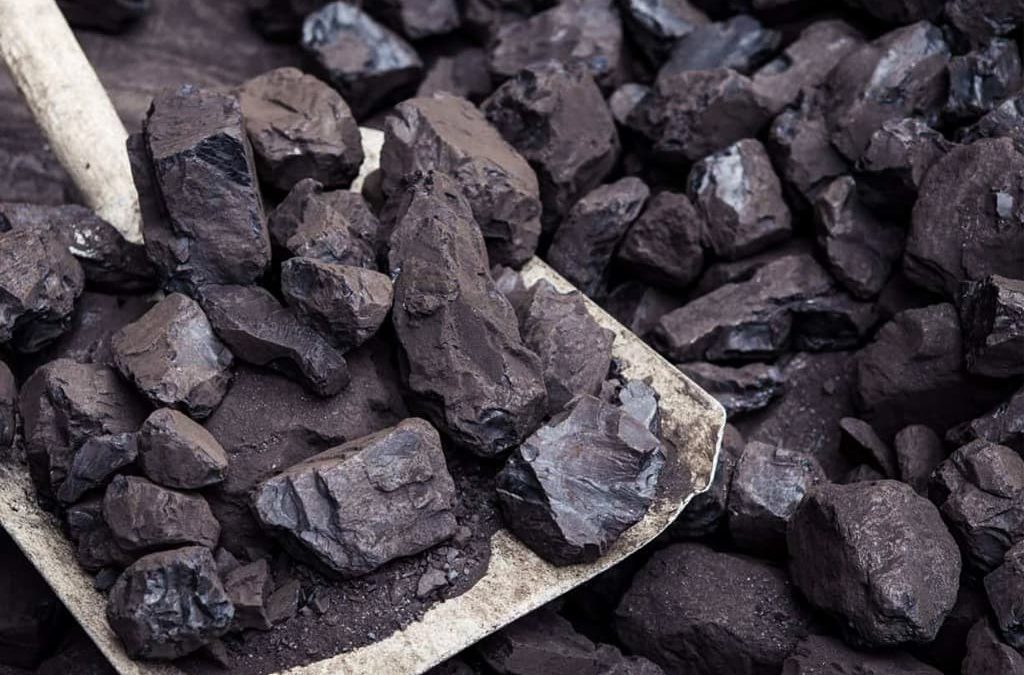China’s effective ban on imports of Australian coal is forcing a realignment of flows between the world’s two biggest importers and two largest exporters.
Indonesia and Australia dominate the global seaborne coal trade, with the Southeast Asian nation tops in thermal coal, used mainly in power plants, while Australia is the biggest shipper of coking coal, used to make steel, and the number two in thermal coal.
China is the world’s biggest coal importer, while India ranks second.
China’s major coal supplier was Australia, but this ended in the second half of last year after Beijing’s unofficial ban on imports from Australia, believed to be in retaliation for Canberra’s call for an international probe of the origins of the coronavirus pandemic.
While Indonesia was China’s second-biggest supplier, it has now seen demand surge as imports from Australia dropped to nearly zero.
For India, the situation has reversed, with Indonesia in danger of losing its status as the South Asian nation’s top supplier to Australia, a country that in the past has shipped only relatively modest volumes of coking coal to India.
The shift in coal flows can be clearly seen in the December data compiled by Refinitiv.
China’s imports from Australia were a mere 447,523 tonnes, the lowest since Refinitiv started compiling vessel-tracking and port data in January 2015, and down massively from the 2020 high of 9.64 million tonnes in June.
Even those modest volumes from Australia might not be available for end users since the Refinitiv data only measures cargoes that have been discharged, meaning its possible the shipments have yet to clear customs.
However, China’s imports from Indonesia soared to 12.19 million tonnes in December, easily eclipsing the prior record of 10.47 million in April 2019, and up almost threefold from the 4.3 million recorded in November.
India’s imports from Australia were 6.24 million tonnes in December, up from 5.06 million in November and 5.48 million in October, with all three recent months beating the prior record high of 4.81 million from December 2019.
India’s imports from Indonesia were 5.65 million tonnes in December, below the volume from Australia, and down from 5.82 million in November and 6.75 million in October.
The December figure is also well below the record for India’s imports from Indonesia, 10.58 million tonnes in April 2019.
It’s worth noting that the majority of Australia’s coal exports to India are coking coal, but the vessel-tracking data suggest increasing volumes of thermal coal as well, perhaps as a result of Australian miners seeking new markets to replace lost shipments to China.
INDONESIA WINS ON PRICES
While the flows data clearly show the changes caused by Beijing’s ban on imports from Australia, the impact on prices is less obvious.
Indonesian thermal coal is generally of a lower energy value than Australian, and therefore trades at a discount to the Australian benchmark Newcastle index.
Indonesian coal with an energy value of 4,200 kilocalories per kg, as assessed by commodity price reporting agency Argus, ended the week of Jan. 8 at $45.56 per tonne, the highest since July 2018.
The price has rallied 101.3% since the 2020 low of $22.63 a tonne in the week to Sept. 4.
That looks like an impressive rally, and certainly additional Chinese demand is a factor, but Australian thermal coal prices have also been rallying, despite the loss of Chinese buyers.
The Newcastle weekly index was at $80.36 a tonne on Jan. 8, down from the recent high of $83.26, but still 73.3% above the low for 2020 of $46.37, reached in the week to Sept. 4.
The increase in the Newcastle index is likely related to increased demand from Australia’s traditional customers in north Asia, such as Japan, whose imports from down under rose to 9.17 million tonnes in December, the highest since January 2020, and up from 8.13 million in November.
Demand is being boosted by colder than usual weather across much of north Asia, and the limited availability of spot cargoes of liquefied natural gas, which is crimping gas-fired generation.
While Indonesia appears to be the main beneficiary of the rising prices and the Chinese ban on Australian imports, the major loser is definitely China.
It is having to pay substantially more for alternative supplies, and there are reports of coal shortages in certain parts of the country, just as winter bites.
China’s domestic coal prices have also soared, with benchmark thermal supplies at Qinhuangdao SH-QHA-TRMCOAL surging to the highest since consultancy SteelHome started providing assessments in 2011.
The price reached 878 yuan ($135.79) a tonne on Monday, up 88% since the 2020 low of 467 yuan in early May.
If Beijing relented on its boycott of Australian coal it’s conceivable that domestic prices may ease, given they would face competition from cheaper imports.
Source: Hellenic Shipping






